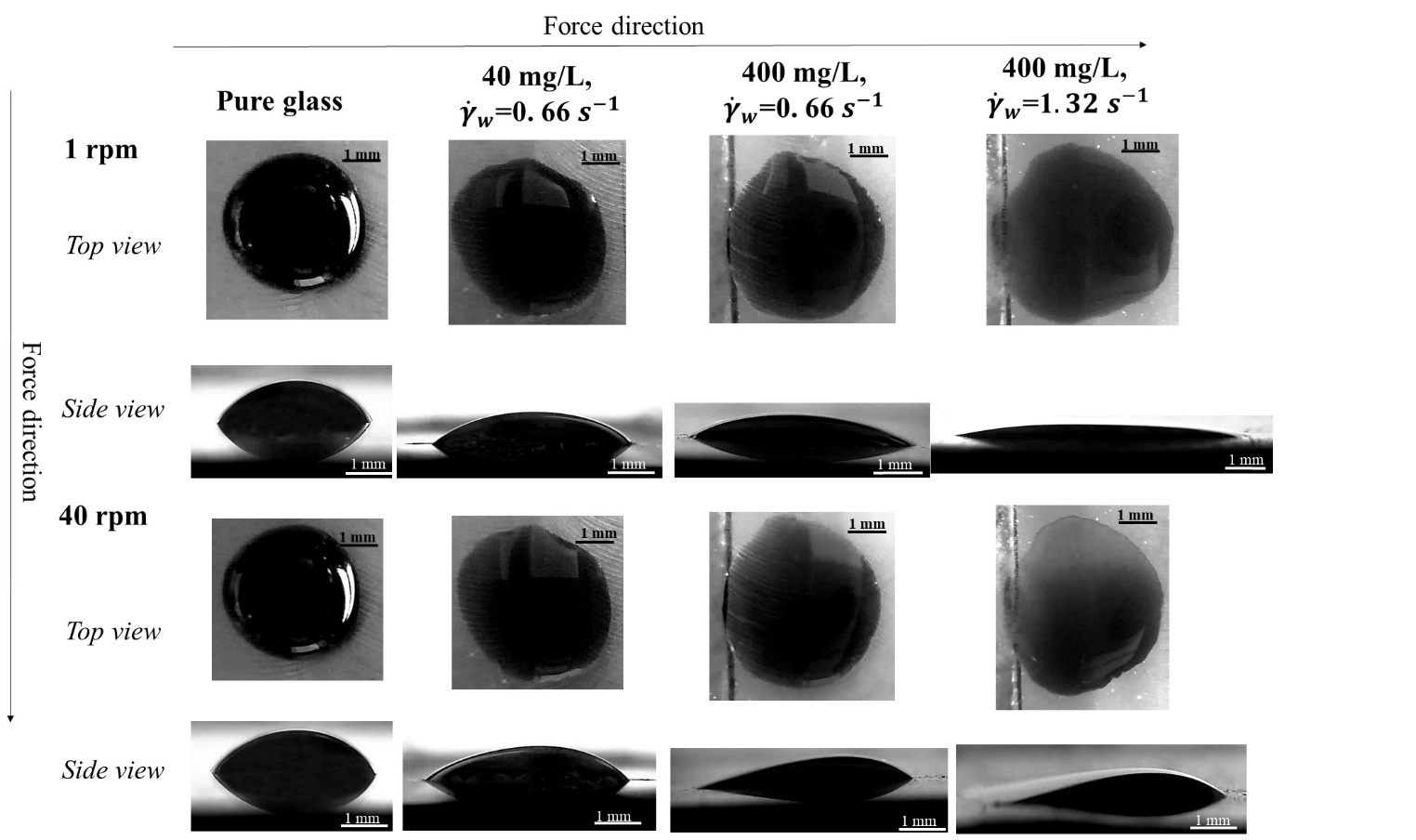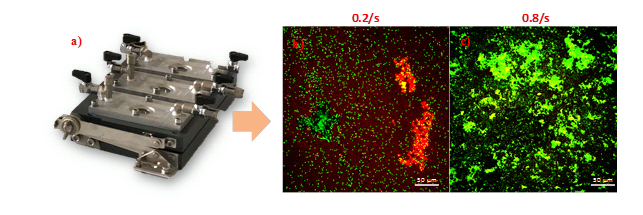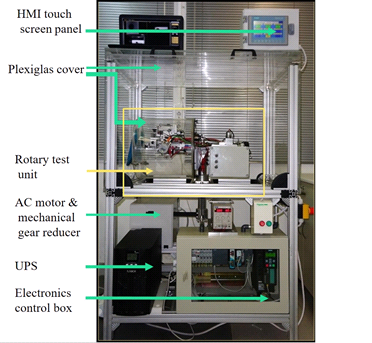Contact person: Petala M. [petala@civil.auth.gr], Zoi Christina Kampouraki [zoiikamp@gmail.com], Dimitrios Avgoulas (dimiavgou@gmail.com)
The aim of this work is to study the effect of wetting phenomena on biofilm formation and removal. Biofilms are sessile, structured microbial communities, able to colonize biotic and abiotic surfaces. The implications of biofilms are several, since they are known to drive many biotechnological processes like, bioremediation, waste water and solid waste treatments. On the other hand, biofilms represent issues in many research fields, i.e. industrial settings (biofouling, product spoilage, corrosion and reduction of process efficiency) and biomedical field (contamination of biomedical implants and infections). However, biofilms are resilient to environmental conditions and often shown to be resistant even to strong disinfectants. A key factor for their behavior is the wetting properties of their surface.
In this experimental work, biofilms are cultivated under well-controlled hydrodynamic conditions using a custom-made flow cell apparatus made of three identical flow cells (Figure 1, a). In Figure 1, b and c, confocal microphotographs of biofilms showing different morphologies according to the imposed flow conditions (shear rate) as shown in the work of Recupido et al, 2020 [1].
Figure 1. Photography of the three flow-cells apparatuses. b-c) Confocal images mof biofilms cultivated under different flow conditions: 0.2 s-1 and 0.8 s-1, respectively. 40 X magnification, scale bar=50 μm.
Wetting/ dewetting features of biofilms cultivated under flow are examined using a specialized, innovative device named Kerberos (Figure 2) that is capable of subjecting sessile droplets at different tilting angles and at varying centrifugal forces, monitoring the variation of droplet shape through three Wi-Fi cameras, positioned in X, Y and Z-directions, respectively [2]. Wetting experiments are carried out using water-based solution (dye solution) droplets on biofilm-coated glass coupons. Wetting/dewetting behaviour of droplets are investigated using horizontal substrates (no tilting) under the action of centrifugal forces. A custom-made software reported by [3] is used to analyse the images providing information related to 2D geometrical features such as contact angles, droplet length, height and contour point as function of time . Two videos of droplet on biofilms from side and top views are here reported. In Figure 3, a comparison among the wetting behaviour of biofilms under different shear flow and nutrient conditions with respect to that of pure glass at two different rotation speeds: 1 rpm and 40 rpm, respectively. In Figure 4, an example of droplet shape evolution along force direction is shown from both side (A) and top views (B), respectively.
Video 1. Side view video of a droplet on biofilm-coated surface.
Video 2. Top view video of a droplet on biofilm-coated surface.

Figure 3. Side and top views of 20 μL droplets placed onto biofilm-covered- glass coupons at the start of the rotation test, 0 rpm, and at 40 rpm. Rotation speed increases at a rate of 1 rpm/s. Scale bar=1 mm.

Figure 4. A) side view (up) and B) top view overlays (left) of a 10µL droplet placed onto 3 days-old biofilm during rotation test.
References
- Recupido F et al, The role of flow on bacterial biofilm morphology and wetting properties, Colloids and Surface B: Biointerfaces 192 (2020)111047.
- Evgenidis S. et al., Kerberos: a three-headed centrifugal/tilting device for studying wetting and dewetting under the influence of controlled body forces, Colloids Surf. A. Physicochem. Eng. Aspects (2016).
- Ríos-López I. et al., Effect of initial droplet shape on the tangential force required for spreading and sliding along a solid surface, Colloids Surf. A. Physicochem. Eng. Aspects (2018).

